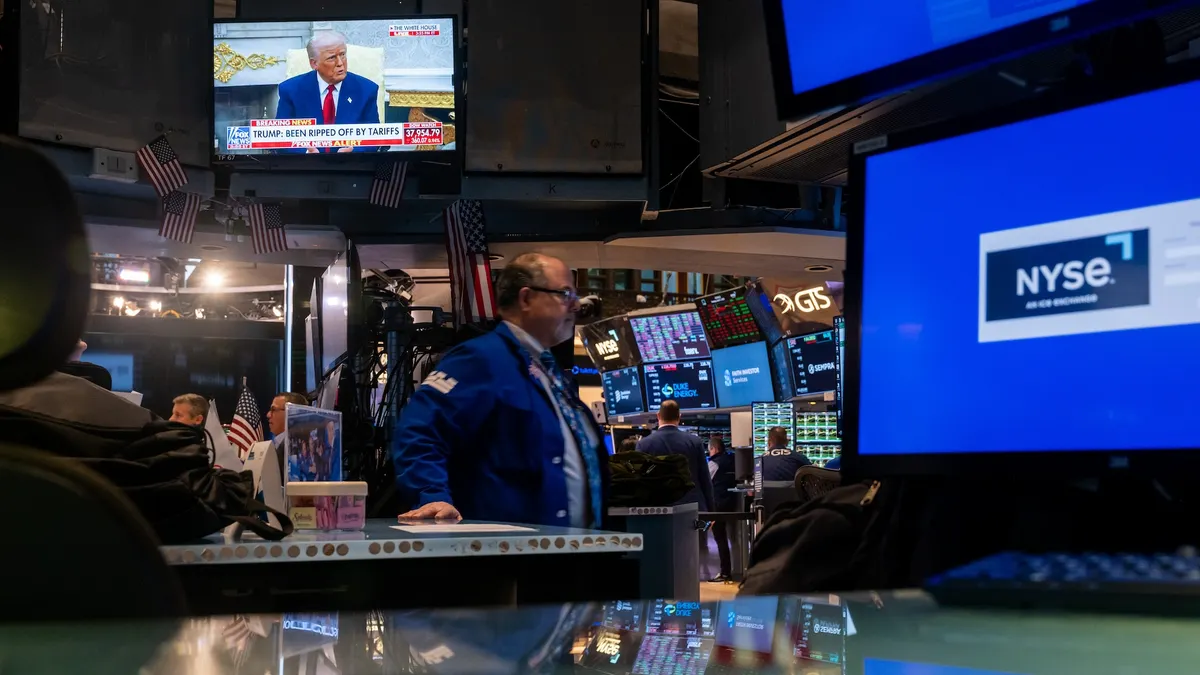Editor's note: The following is a guest post from Keith Petri, chief strategy officer at Screen6.
The amount of time consumers spend on connected devices like mobile phones, tablets and connected TVs is increasing every year. According to eMarketer, the average American now spends 12 hours and 7 minutes each day behind one screen or another — further reflecting the need for marketers to prioritize mobile and connected devices in their media mix modeling.
As advertising campaigns are deployed across multiple devices and as creative becomes more dynamic and personalized across platforms, marketers need to think literally about the customer journey. Understanding the interrelationship between devices and how and when consumers use them is critical to providing the best possible experience for both the advertiser and the consumer.
The new prime time
In order to serve the right ad on the right device at just the right time, marketers need to look at usage patterns for mobile phones, tablets and connected TV and optimize their campaigns according to where consumers are spending their time and how they are dedicating their attention.
To get a better sense for how consumers spend their time across platforms, Screen6 examined a massive amount of device ID data from more than 100 million mobile devices, mobile PCs, tablets and connected TVs in the United States. This data, provided by our data partners ShareThis, Kochava Collective and Airpush, was analyzed in an aggregate and anonymous fashion, taking a deeper look at server interactions during the second quarter of 2017.
It should come as no surprise that people spend a lot of time on their mobile devices. According to some reports, as much as four hours per day. Based on our research, the amount of time people spend on their device increases steadily throughout the day and peaks in the evenings between 7 p.m. and midnight. When thinking about targeted "day part" campaigns and ad serving, advertisers should consider this the new "prime time" for mobile usage and advertising.
In examining which days have the most mobile usage, it may come as a shock that weekend usage outpaces weekday usage. While the prevailing belief is that people tend to unplug and become less connected on the weekends, they are in fact more connected to their mobile devices on Saturday and Sundays.
Finding the most active users
When looking at the amount of time consumers spend using their mobile devices as compared to connected TVs, total TV time outpaced that of mobile devices for most of the day. This does not come as a surprise considering most mobile devices are used intermittently while connected TVs remain in an always-on state.
While most campaigns will shift between mobile and connected devices, there are key times that marketers should be thinking about weighting their ad serving towards mobile. During the morning commute, 7-9 a.m. and again later in the evening from approximately 9 p.m. to midnight after prime-time TV programing has ended, mobile usage was in fact greater than connected TVs.
Finally, what kind of device a consumer is using dictates when they are the most active. When looking at Android versus iOS devices, the two operating systems tend to be used equally throughout the day. There are two exceptions: iOS users tend to catch the worm and iOS devices are used more often in the early hours of the morning (Midnight to 6 a.m.) and Android is used more often during the morning commute beginning at 7 a.m. until the early afternoon at approximately 3 p.m. IOS and Android have similar usage patterns in the evening.
The amount of time people spend on their mobile devices is less representative of binge behavior or "at work" compared to "at home" behavior, and more representative of a massive cultural shift. The cross-platform consumer is a reality. There is a new definition of prime time for people's attention and "must see" viewing now takes place during the weekends.
The good news for advertisers and content owners is that as addressable, programmatic and cross-device advertising continue to evolve, they'll provide marketers with better ways to reach desired audiences irrespective of device.








